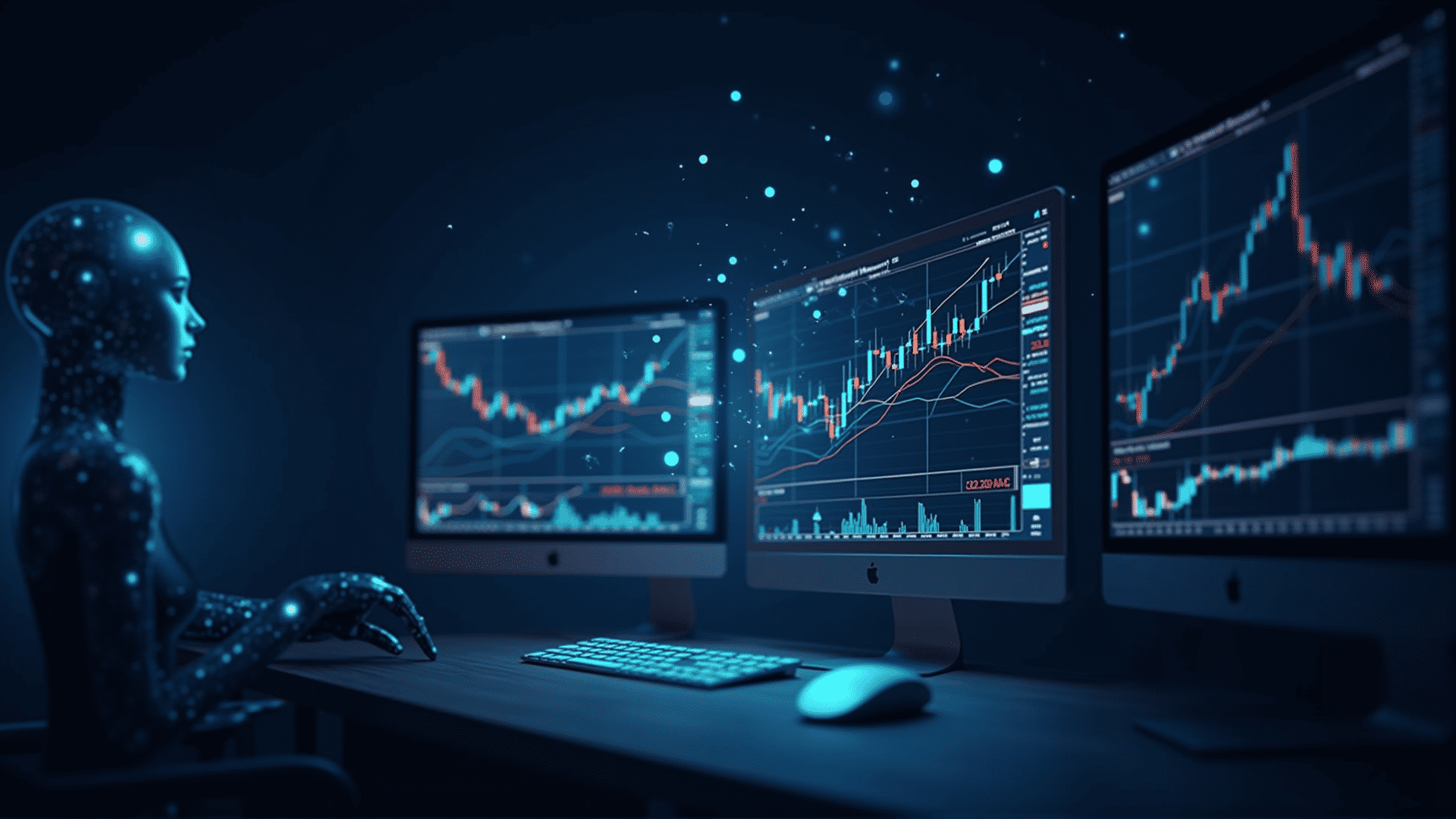In recent years, the financial industry has experienced a transformative shift, primarily driven by the integration of machine learning (ML) into trading strategies. As market volatility, the influx of data, and the demand for high-frequency trading continue to escalate, traditional trading methodologies struggle to keep up. This is where the adaptability and precision of machine learning algorithms become indispensable.
Machine Learning offers a range of tools and techniques that equip traders to respond in real time to the ever-evolving market dynamics. At its core, machine learning enables systems to analyze historical data, recognize patterns, and make predictive decisions without human intervention. These capabilities are critical in financial markets, where rapid decision-making can mean the difference between profit and loss.
One of the most significant advantages of integrating machine learning into trading is the enhancement of algorithmic trading strategies. Conventional algorithms are built on fixed mathematical formulas and can falter when market conditions deviate beyond their modeled scenarios. In contrast, machine learning algorithms have the ability to learn from new data and adjust their models dynamically. This allows for a level of adaptability that is crucial for navigating the complexities of financial markets.
Moreover, machine learning algorithms can process immense volumes of data at speeds far beyond human capability. This includes analyzing everything from historical price data and news sentiment to social media trends, macroeconomic indicators, and geopolitical developments. By examining this diverse range of information sources, machine learning models can generate more comprehensive forecasts, offering traders a holistic view of their trading environment.
The precision offered by machine learning models also mitigates risks associated with emotional or biased trading decisions, which are common pitfalls for human traders. With the ability to assess market conditions unemotionally and objectively, machine learning models provide data-driven insights that enhance decision-making processes.
Real-time adaptability is another key benefit provided by machine learning in trading. Financial markets can be unpredictable, with sudden changes driven by global events, policy changes, or shifts in investor sentiment. Machine learning systems, particularly those employing reinforcement learning, can autonomously tailor strategies on-the-fly to capitalize on fleeting trading opportunities or avoid potential pitfalls.
However, implementing machine learning in trading is not without its challenges. Developing efficient, accurate models requires significant computational resources and expertise in both finance and data science. Additionally, the complexity of these models necessitates rigorous testing and validation to ensure their reliability and robustness in a live trading environment.
Despite these challenges, the future of trading clearly lies in leveraging machine learning. As technology continues to advance, we can expect even more sophisticated models that deliver improved accuracy, speed, and adaptability. To remain competitive, traders and financial firms must embrace these technologies and invest in the necessary infrastructure and expertise.
In summary, the integration of machine learning in trading provides a promising avenue for enhancing trading strategies. By leveraging advanced algorithms, traders can achieve real-time adaptability and precision, positioning themselves advantageously in the competitive financial markets. As machine learning technology continues to evolve, it will undoubtedly unlock new opportunities and reshape the future of trading.
